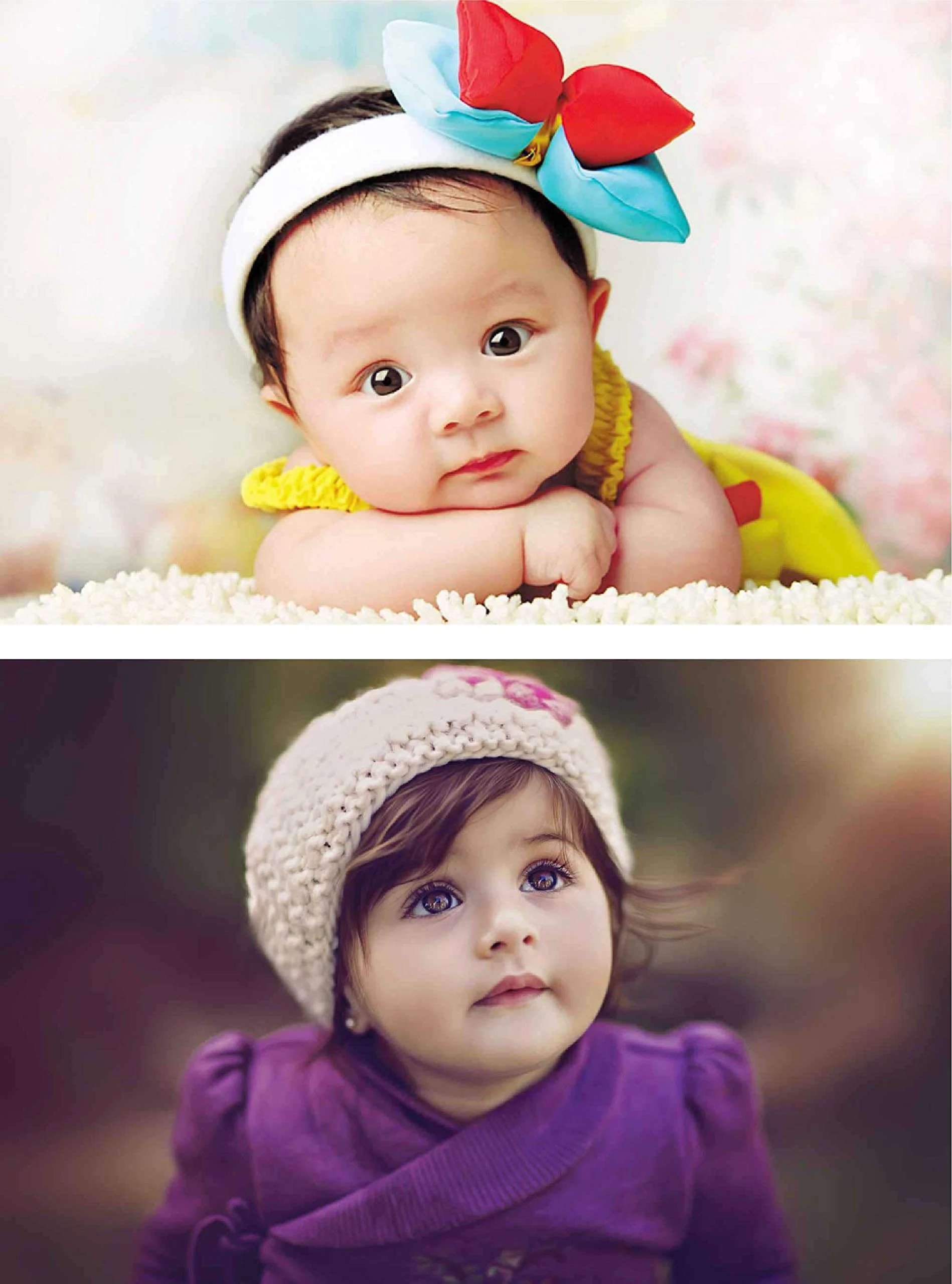In my experience, the journey of stillbirth was marked not by one, but two losses. I was expecting identical twin boys, a joyful prospect that quickly turned into heartbreak. The moment my husband and I learned we had lost our sons, he remarked that the worst moment for a mother is discovering her child is gone. However, he later realized that the true anguish lay in the painful delivery without the joy of a newborn to hold afterward.
Coming home without my babies left me with empty arms and the daunting task of making funeral arrangements. I often heard phantom cries in the night and faced the challenge of interacting with those who knew I was pregnant but were unaware of my loss. It became painfully clear that the aftermath was the hardest part. What follows after leaving the hospital? The only path forward is to continue living.
My story is uniquely mine. While others may share similar experiences, grief is a deeply personal journey. There is no correct way to grieve; it simply is. After returning home from the hospital, I desperately searched for anything to help ease my pain. Friends offered books and alcohol, but nothing provided solace. When asked what I needed, I often wanted to scream, “My babies!” But instead, I offered polite smiles and reassured them I was fine.
What I wished people understood was that my mind was consumed by the enormity of my loss. I didn’t want to dwell on what I had lost; I wanted to focus on my 9-month-old son, my husband, and my family. I recognize that many women face similar heartaches; statistically, one in four women will experience a miscarriage, stillbirth, or neonatal death. These experiences are tragically common yet rarely discussed. Even if you haven’t endured such a loss, it’s likely that someone close to you has. Understanding these stories, like mine, could foster connection and support.
When I discovered I was pregnant again, my firstborn was just three months old. The shock of learning I was expecting twins compounded when I learned they shared a placenta and faced the risk of twin-to-twin transfusion syndrome. While it’s a serious condition affecting about 20% of identical twins, it can be managed with specialized care. Doctors reassured us that reaching 26 weeks significantly improved the odds of survival, and when I did, I finally allowed myself to feel joy. However, the subsequent appointment shattered those hopes, and the reality of losing my babies became painfully evident.
On September 17, I delivered my stillborn sons. The term “stillborn” feels almost euphemistic in the face of such devastation. The following day, I was discharged from the hospital, marking the beginning of profound heartache. My doctor suggested antidepressants, but I declined, wanting to be present for my living son. Yet, two weeks later, I recognized the depth of my despair. It was an uphill battle to care for my child while grappling with the grief of what I had lost.
Nights were particularly grueling. I was exhausted yet unable to sleep, haunted by thoughts of my lost babies and the weight of my responsibilities. My husband seemed unaffected by insomnia, which felt profoundly unfair, and I often expressed this frustration. Despite the love surrounding me, I was engulfed in a dark pit of sorrow. Eventually, I sought help and began taking antidepressants, which transformed my despair into a manageable shadow rather than an overwhelming abyss.
Though I still encounter moments of grief, I no longer cry daily. My son’s laughter is a balm, reminding me of the joy still present in my life. However, the painful reminders of my loss can surface unexpectedly, such as when a coworker insensitively inquired about my “baby.” I learned that sometimes, the best response to grief is to allow oneself to feel it and to take a step back when needed.
The passage of time is often cited as a healer, but it can feel excruciatingly slow during periods of grief. Well-meaning platitudes such as “time will heal” can feel dismissive. Instead of offering empty words, actions speak louder. Simple gestures, like bringing soup or checking in, can provide the comfort that is truly needed.
Living in the aftermath of loss requires resilience. Although life may never return to what it was, there is hope for a brighter future. Every winter is eventually followed by spring, and while it may take time, healing is possible. It’s crucial to hold onto hope and remember that you are not alone in your journey of grief.
For those seeking more insights about coping with grief and the complexities of pregnancy, resources like this blog post provide valuable information. Additionally, WomensHealth.gov is an excellent resource for guidance on pregnancy and related topics. If you’re exploring ways to boost fertility, consider checking out MakeAMom for their expert advice.
In summary, while the journey through stillbirth is uniquely challenging, it is also a path shared by many. Understanding and acknowledging this shared experience can foster a sense of community and support, ultimately aiding in the healing process.
